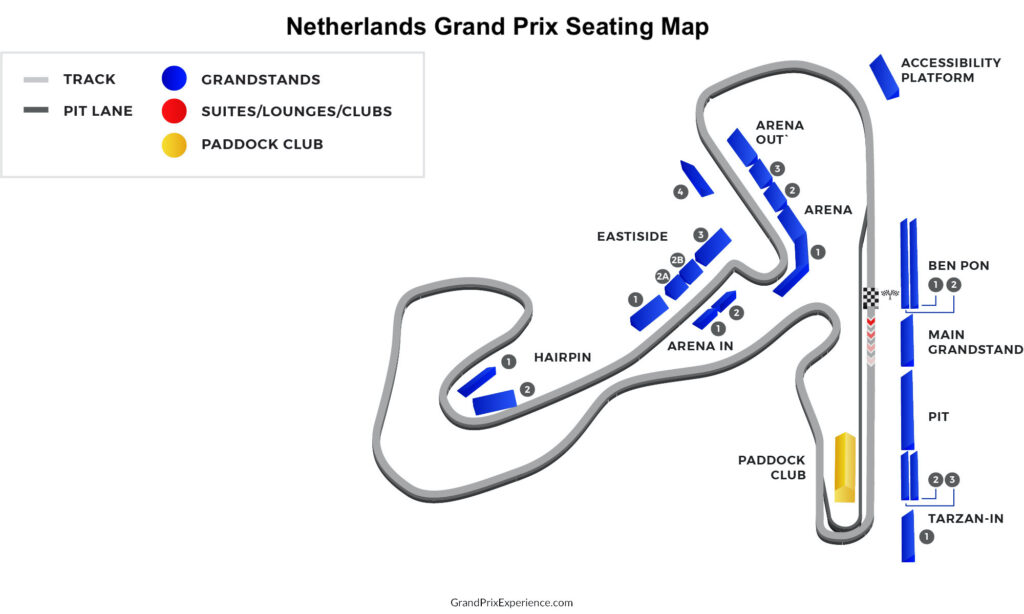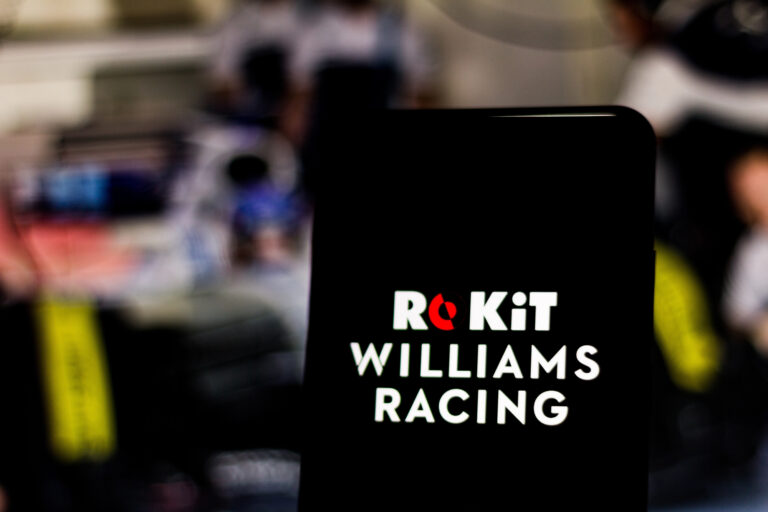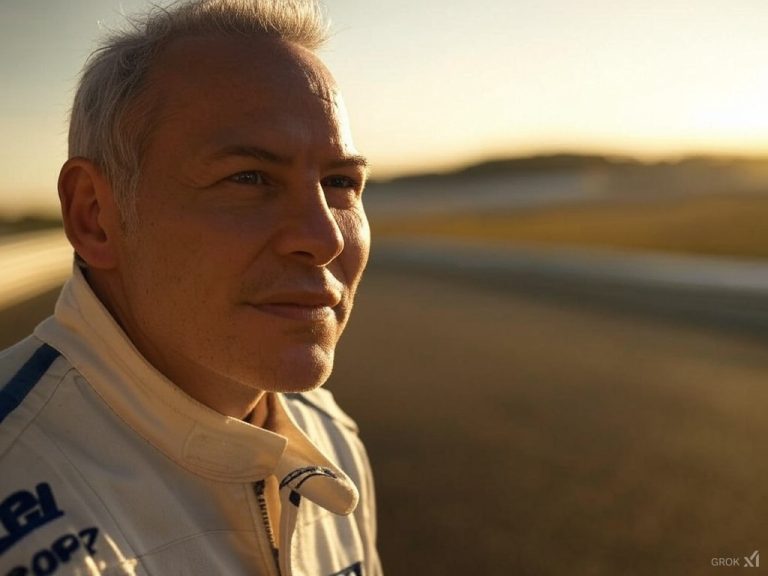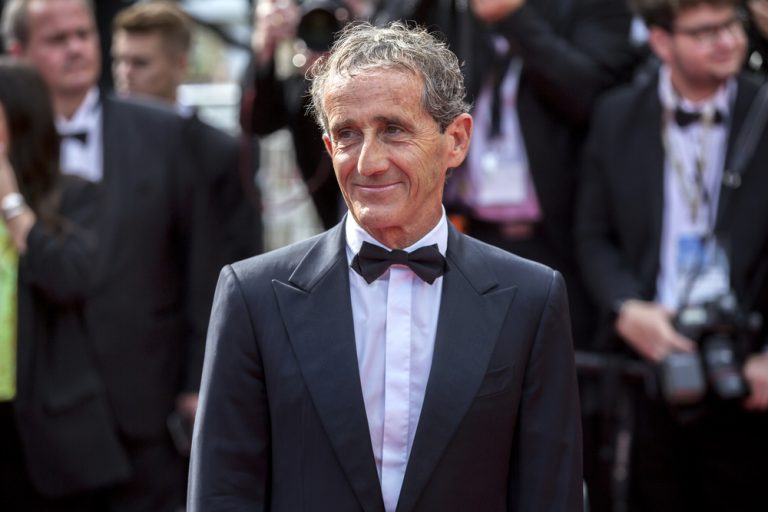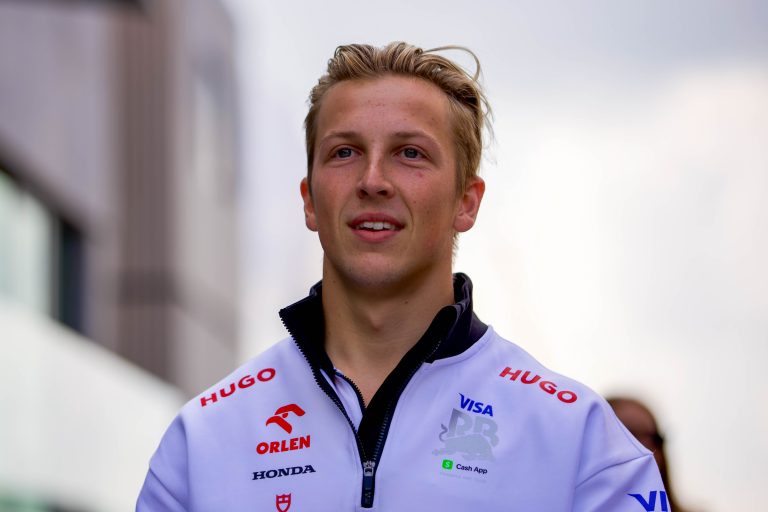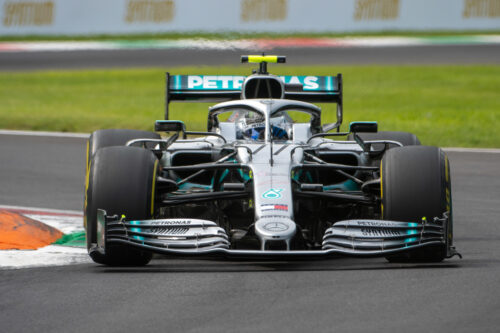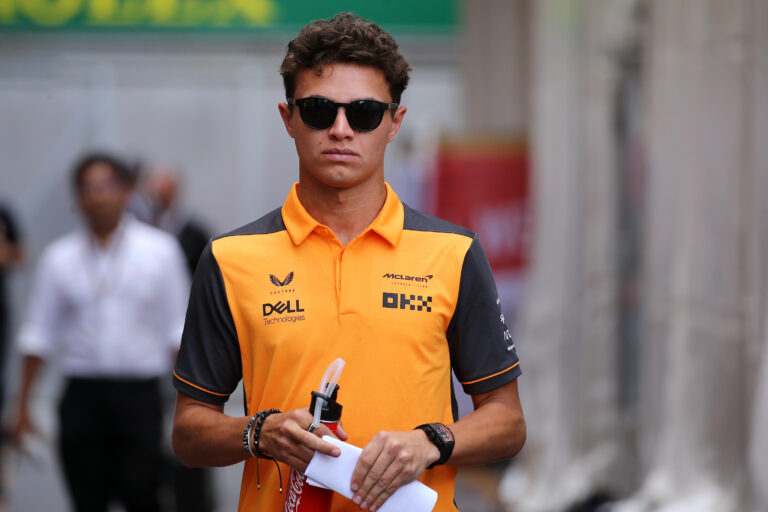Legends of Formula 1: Alberto Ascari
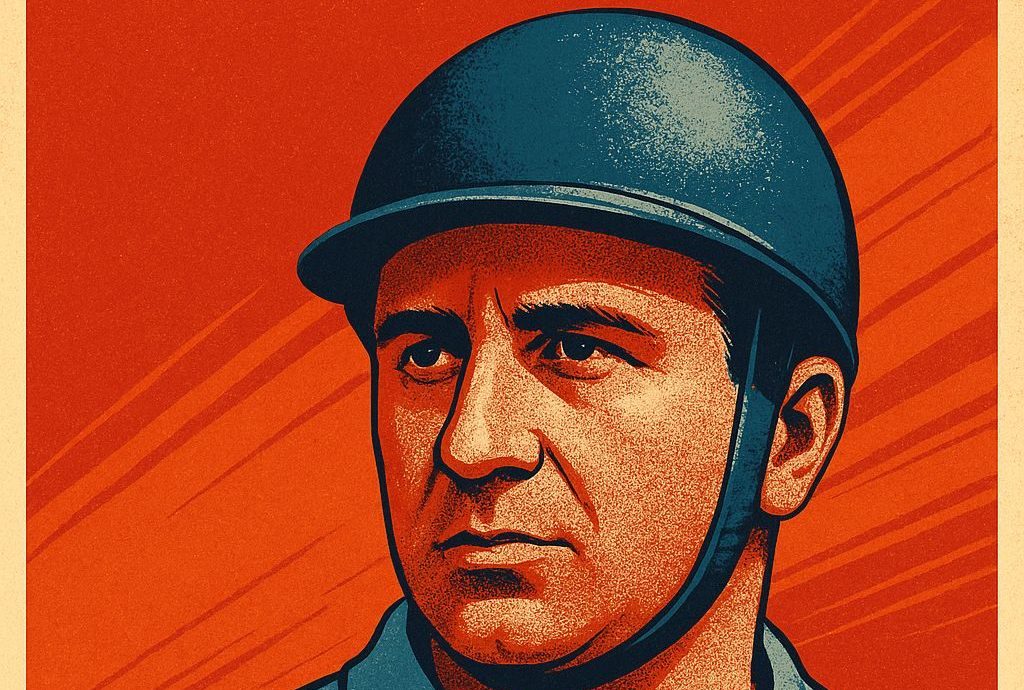
Before Ferrari became a Formula 1 powerhouse and before Juan Manuel Fangio’s reign, there was Alberto Ascari — a quiet, focused, and supremely gifted driver who conquered the early years of Formula 1 with relentless precision. The son of a racing legend, Ascari carved out a legacy of his own, winning back-to-back world championships in 1952 and 1953 and delivering Ferrari its first F1 titles. He remains Italy’s only native-born Formula 1 World Champion and one of the sport’s most enduring figures.
In this edition of Legends of Formula 1, we explore the life and legacy of Alberto Ascari — a man whose career, while brief, was nothing short of iconic.
Origins & Early Life
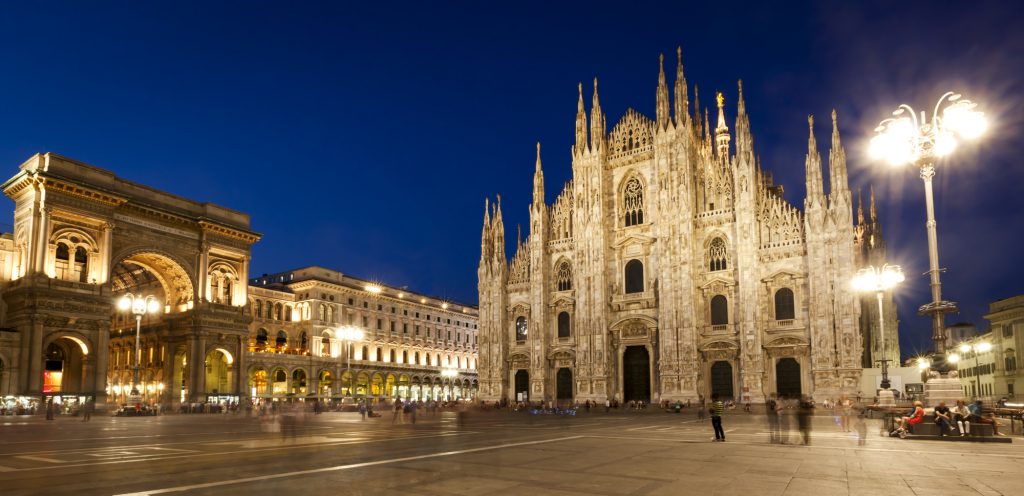
Born in Milan on July 13, 1918, Alberto Ascari was destined for speed. He was the son of Antonio Ascari, a pre-war Grand Prix hero and Alfa Romeo factory driver who tragically died during a race at Montlhéry in 1925. Alberto was just seven years old, but his father’s legend cast a long and formative shadow. Initially steered away from racing by his mother, young Alberto eventually embraced the sport that defined his family name.
Before stepping into a single-seater, Ascari was a gifted motorcycle racer, even competing in the grueling Mille Miglia on two wheels. But his passion for cars never faded. By the late 1930s, he was racing for Maserati, showing exceptional car control and racecraft. World War II put a pause on his career, but when peace returned, Ascari re-emerged stronger than ever — ready to write his own chapter in Italian motorsport history.
The Road to Formula 1
On July 13th in 1918, the two-time #F1 World Champion Alberto Ascari was born. The Italian took #Ferrari's first championships back in '52 and '53, piloting the stunning #Ferrari 500 to victory in both years. This era of motorsport is one of the greatest and we look forward to… pic.twitter.com/y70O1SgEs5
— Goodwood Revival (@goodwoodrevival) July 15, 2025
Ascari resumed racing in post-war Europe, catching the eye of Enzo Ferrari, who recruited him into Scuderia Ferrari’s newly formed Grand Prix operation. He won multiple non-championship races before making his official Formula One World Championship debut at the 1950 Monaco Grand Prix.
With Ferrari’s machinery steadily improving, Ascari quickly became the team’s star driver. By 1951, he had secured his first Grand Prix win at the Nürburgring and finished second in the championship. It was just the beginning.
Formula 1 Career
1950–1951: Early Days at Ferrari and the Rise of a Rivalry
Alberto Ascari made his official Formula One World Championship debut at the 1950 Monaco Grand Prix, driving for Scuderia Ferrari, which had just entered the newly created championship. That year, the dominant force was Alfa Romeo, with Giuseppe “Nino” Farina and Juan Manuel Fangio trading wins. But Ascari showed promise, scoring podiums and helping Ferrari establish itself as a serious contender.
In 1951, Ascari emerged as Fangio’s main challenger. Ferrari improved dramatically, and Ascari took back-to-back victories in Germany and Italy, both at the Nürburgring and Monza respectively. These were his first official Grand Prix wins, and they signaled a changing of the guard. Although Fangio won the title that year for Alfa Romeo, Ascari had firmly announced himself as a force to be reckoned with — methodical where Fangio was flamboyant, and intensely focused.
1952–1953: Ascari’s Era of Dominance
📅 03.08.52 – 03.08.22
— Scuderia Ferrari HP (@ScuderiaFerrari) August 3, 2022
A day to remember for us and Alberto Ascari ❤️
Celebrating 70 years from the very first F1 World Championship won by a Ferrari driver 🏆#essereFerrari 🔴 pic.twitter.com/FoUYQ8IZRa
With Alfa Romeo withdrawing from Formula 1 at the end of 1951, the FIA switched to Formula Two regulations for the 1952 and 1953 seasons. Ferrari, and especially Ascari, seized the opportunity.
The 1952 season saw Ascari at his most dominant. After missing the season opener to compete in the Indianapolis 500 (where he became the first European F1 driver to enter the race under the World Championship), he returned to win six consecutive races — Belgium, France, Britain, Germany, the Netherlands, and Italy — clinching the title with ease. His car, the Ferrari 500 F2, was unmatched, and Ascari’s smooth yet relentless driving made him nearly unbeatable.
In 1953, Ascari continued where he left off, adding five more wins to his tally. His calm temperament and mechanical understanding helped him manage his car better than rivals. Though he faced stronger challenges that year, particularly from Fangio, Farina, and the fast-rising Mike Hawthorn, Ascari’s consistency and superior racecraft won him a second World Championship — making him the sport’s first back-to-back champion.
Ascari’s nine-race win streak, stretched over the two seasons, stood as an all-time Formula 1 record for decades, unmatched until Sebastian Vettel equaled it in 2013 and Max Verstappen broke it in 2023.
1954: A Bold Leap to Lancia
Despite his success at Ferrari, Ascari shocked the motorsport world by leaving the team at the end of 1953 to join the ambitious Lancia outfit, which promised a revolutionary new car — the D50. However, the car wasn’t ready for the start of the 1954 season.
Ascari spent much of the year on the sidelines or making one-off appearances for Maserati. He entered only a handful of races, with reliability and competitiveness hampering any chance of replicating his Ferrari success. Meanwhile, Fangio — now at Mercedes — reclaimed his dominant form, winning his second world title.
Though the Lancia D50 showed glimpses of promise in testing, the delays left Ascari playing catch-up.
1955: The Final Chapter
At the 1955 Monaco Grand Prix, Ascari finally debuted the Lancia D50 and reminded everyone of his class. In chaotic conditions, he was running in the lead group — and inherited first place after Stirling Moss’s Mercedes failed. But his own race ended in dramatic fashion when he misjudged the chicane and crashed into the harbour. He emerged unhurt, swimming to safety in his blue racing suit, and seemed poised for redemption.
Four days later, on May 26, 1955, while visiting Monza to watch a Ferrari test session, Ascari impulsively took the wheel of a sports car for a few laps — driving without his usual gear, and wearing a borrowed helmet. On his third lap, something went wrong at the fast Curva del Vialone. Ascari lost control and crashed fatally. He died at age 36 — the same age, on nearly the same day of the year, as his father Antonio Ascari.
The news stunned the motorsport world. Italy had lost its champion. Ferrari had lost its first great hero. And Formula 1 had lost one of its earliest icons.
Career Stats (F1)
- Starts: 33
- Wins: 13
- Podiums: 17
- Poles: 14
- Fastest Laps: 12
- World Championships: 2 (1952, 1953)
- Total Points: 107
Legacy & Influence
Alberto Ascari was Italy’s greatest Formula 1 driver — and remains the only Italian-born World Champion to this day. He gave Ferrari its first real taste of dominance and laid the foundation for the Scuderia’s future legacy. He did it not with flamboyance or brute force, but with precision, balance, and a smoothness that seemed almost mechanical.
His tragic death added to the mythos of motorsport’s early legends, but it is his achievements — the wins, the streak, the titles — that solidified his place in history.
He was beloved not only for his skill but also for his humility. In an era of high risks and fragile cars, Ascari raced with composure and confidence, winning not just races but the respect of peers and fans alike.
Conclusion
Alberto Ascari remains a cornerstone of Ferrari’s racing heritage and one of the most naturally gifted drivers the sport has ever seen. A true tactician behind the wheel, he set a gold standard in consistency and calmness — a master of control in a sport defined by chaos. His records, legacy, and tragic mystique continue to inspire fans, drivers, and teams around the world.
Want to experience the legacy of Formula 1 legends in person?
🟢 For exclusive ticket packages, VIP access, and Grand Prix experiences across the globe, click here.
